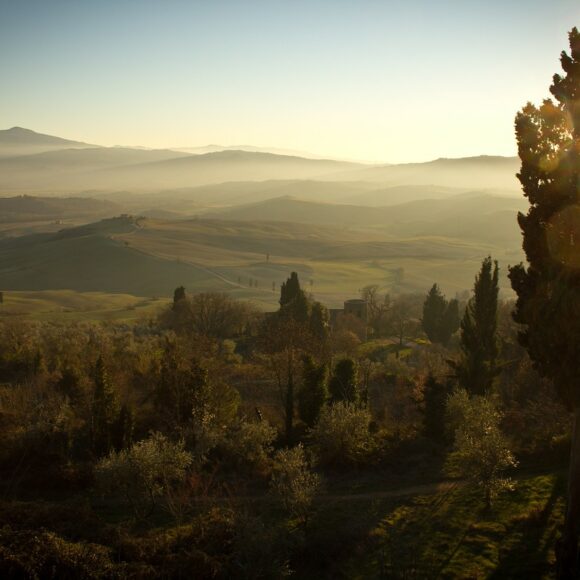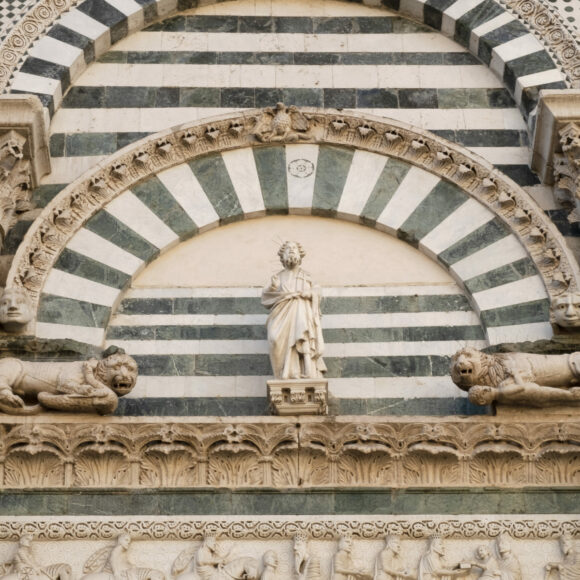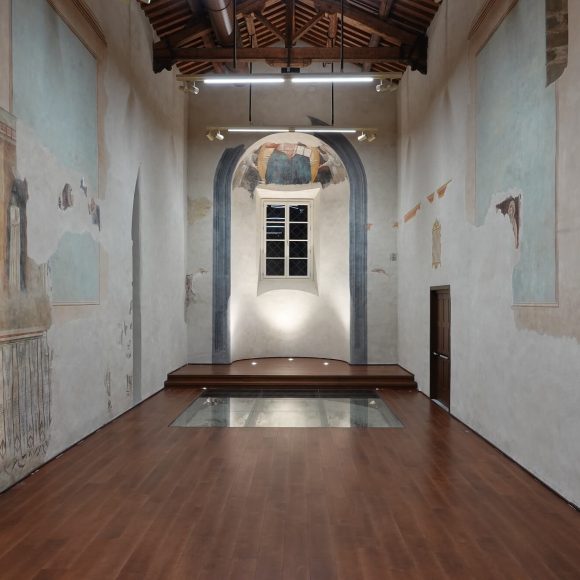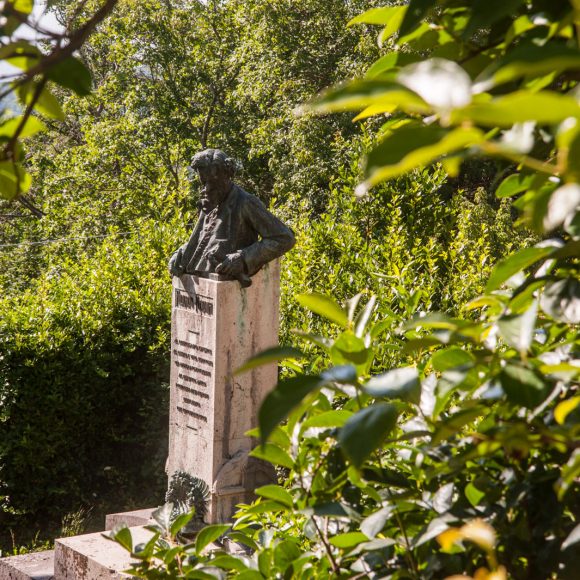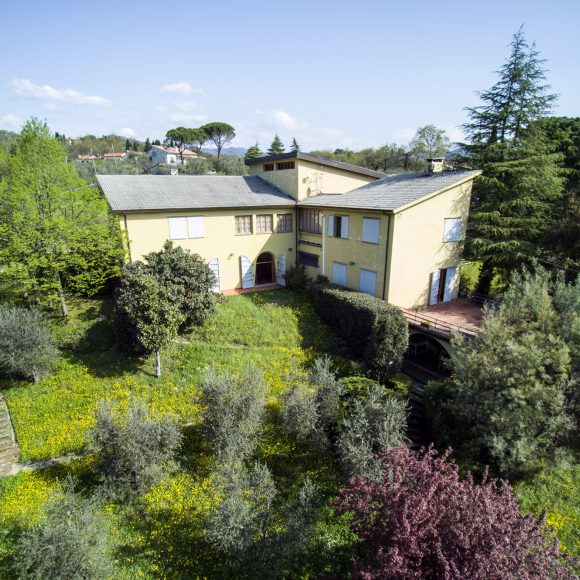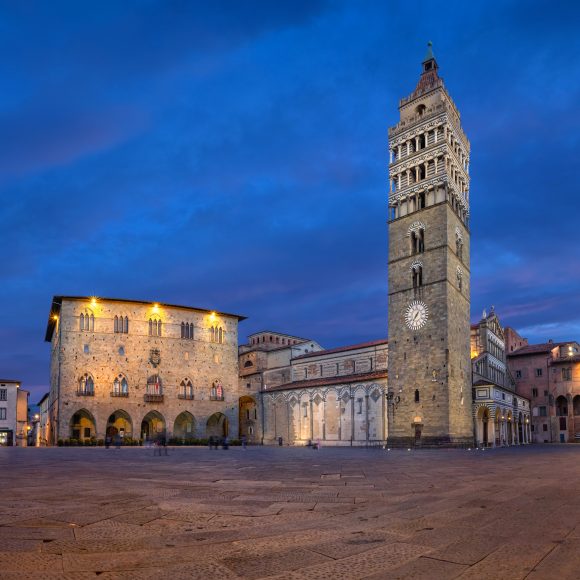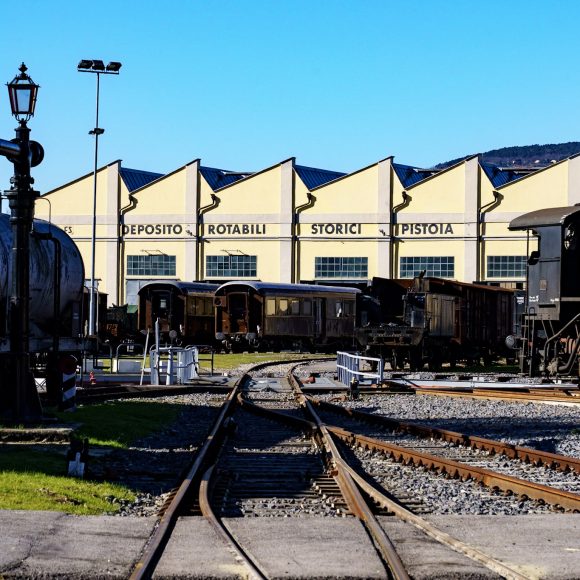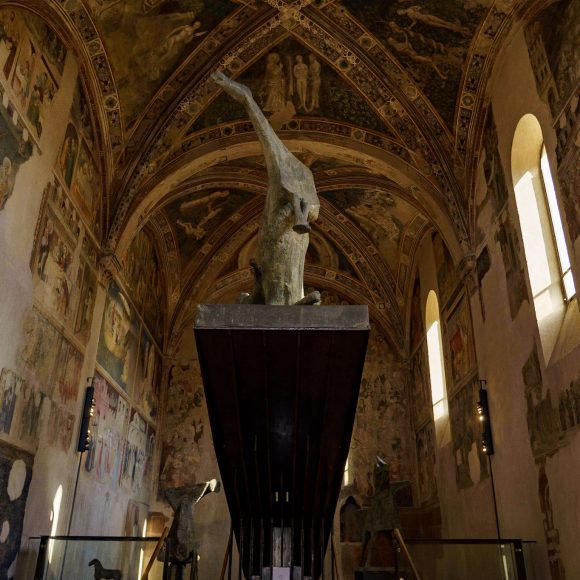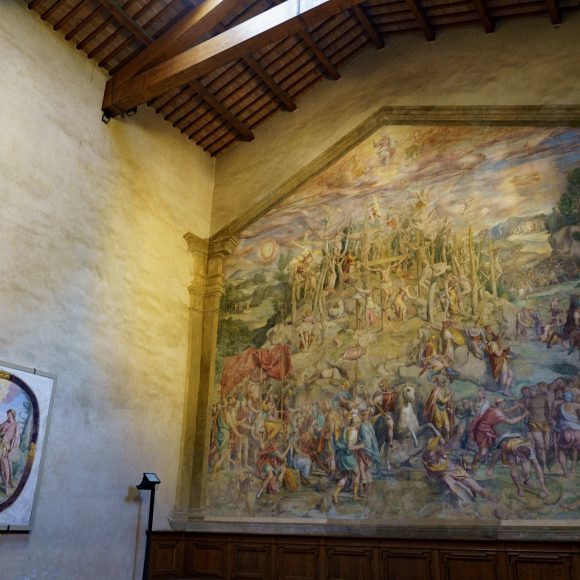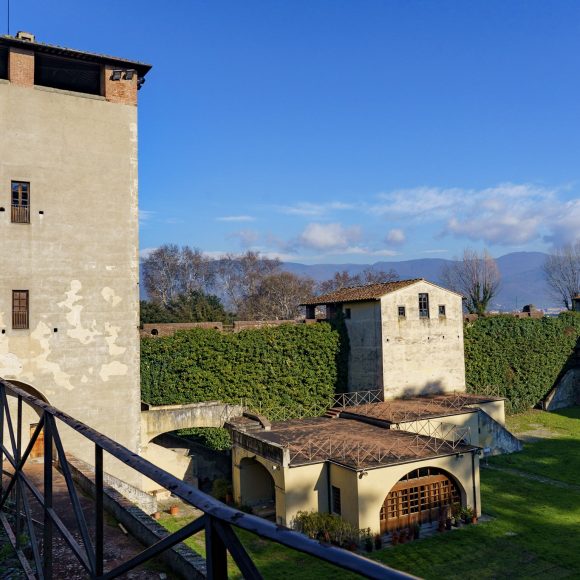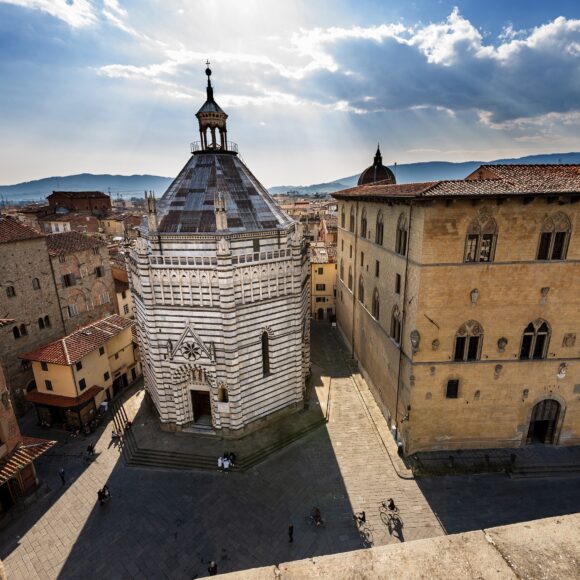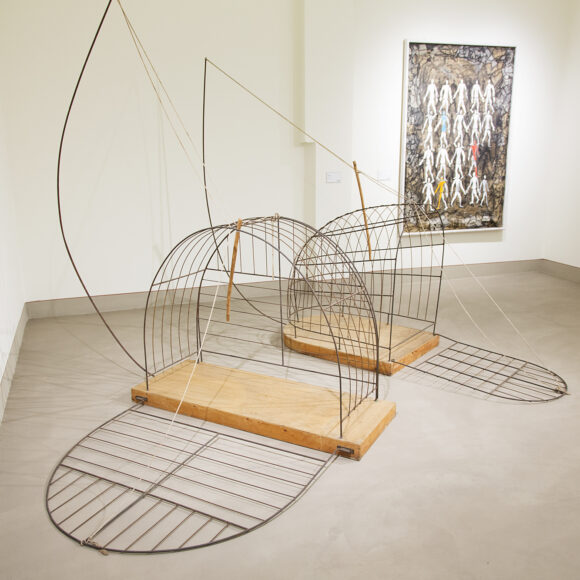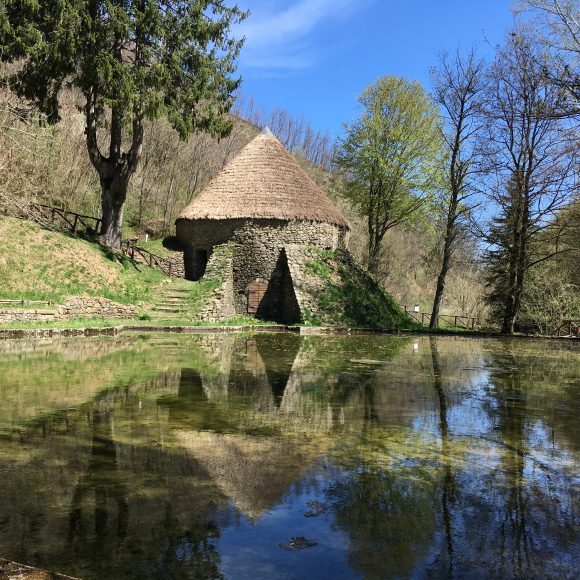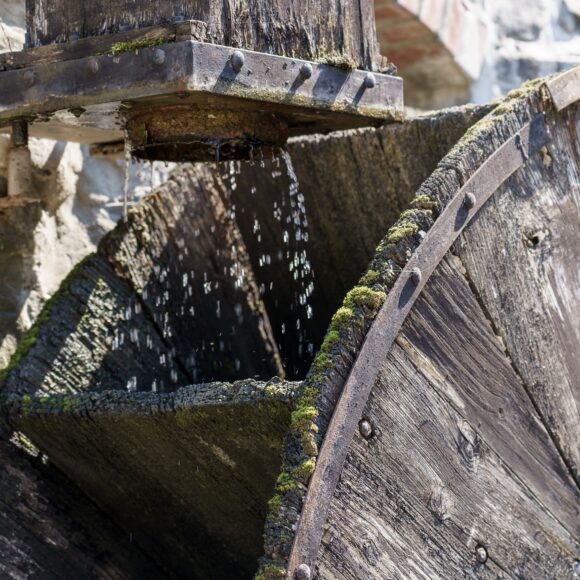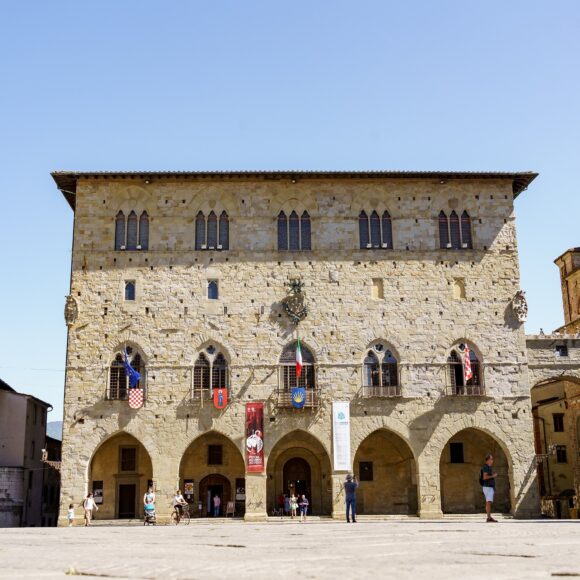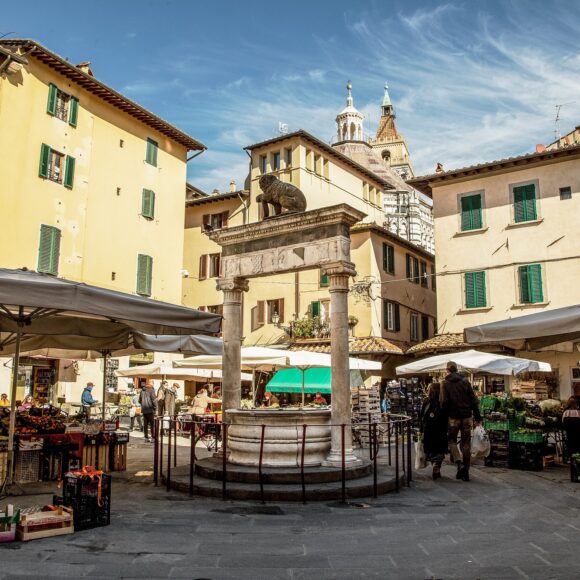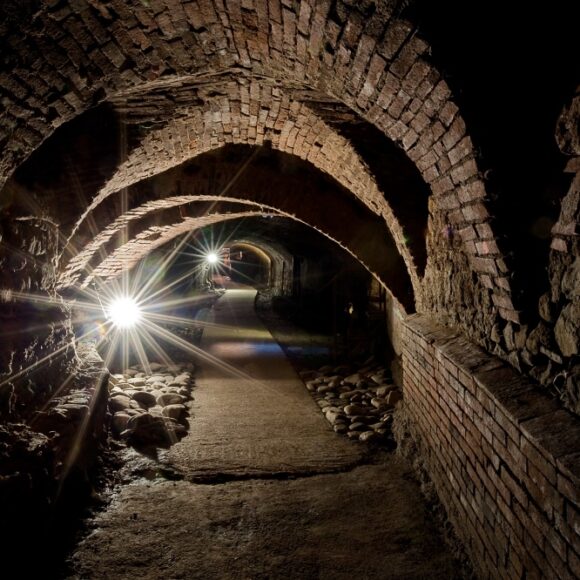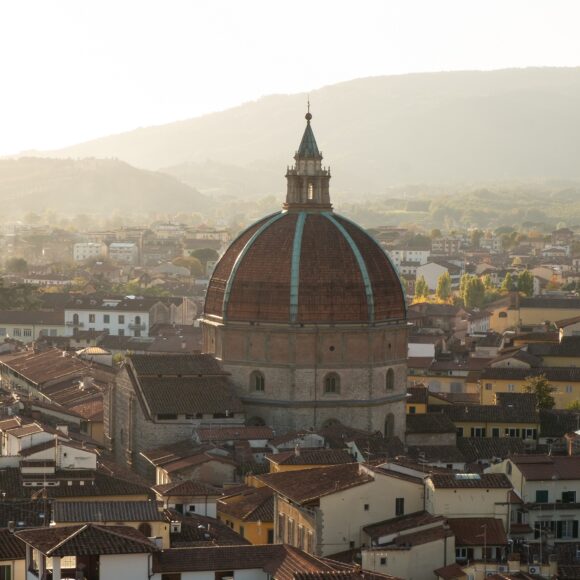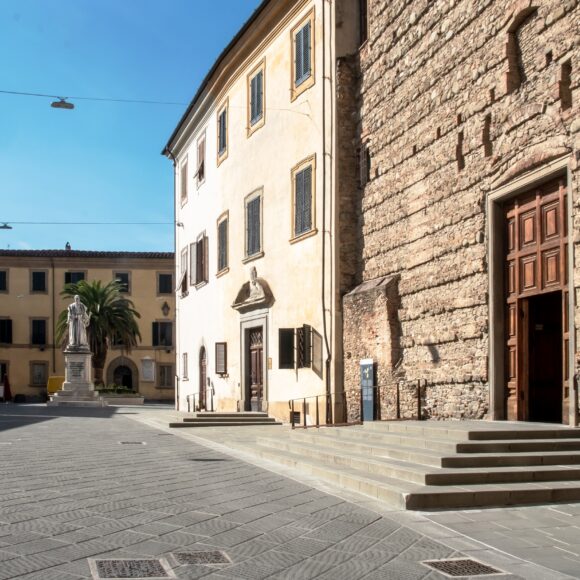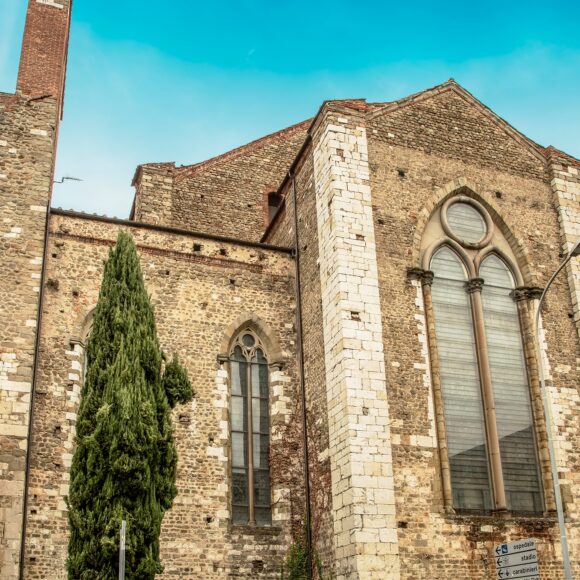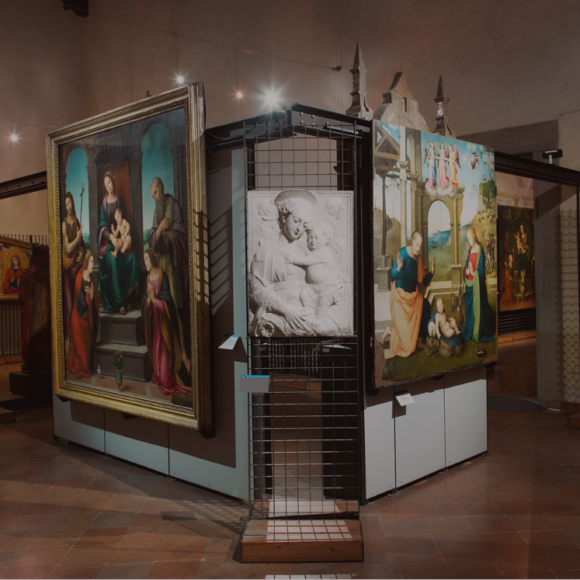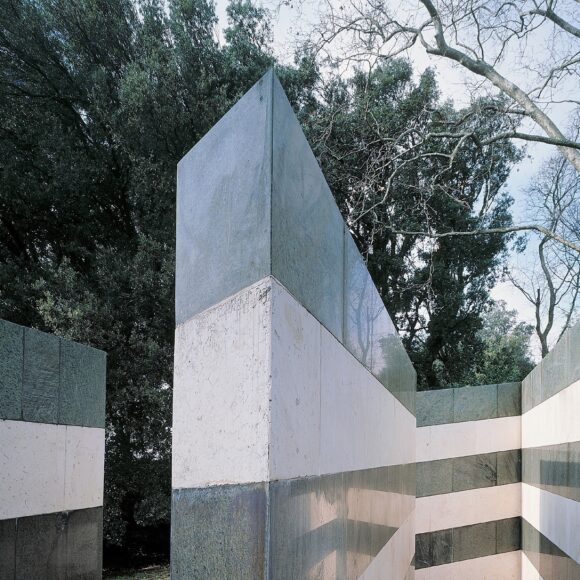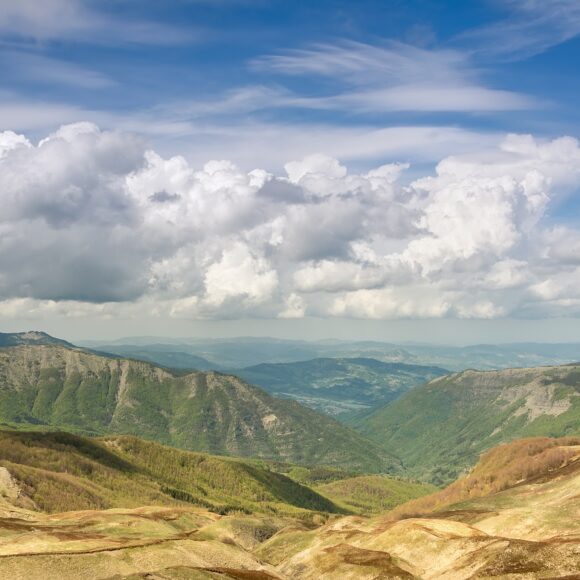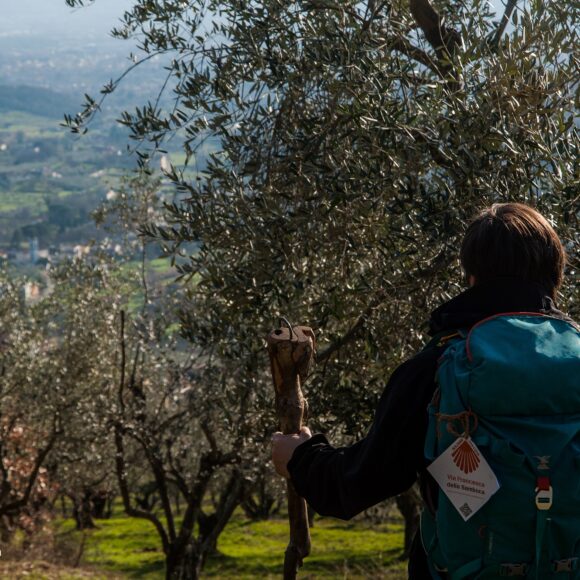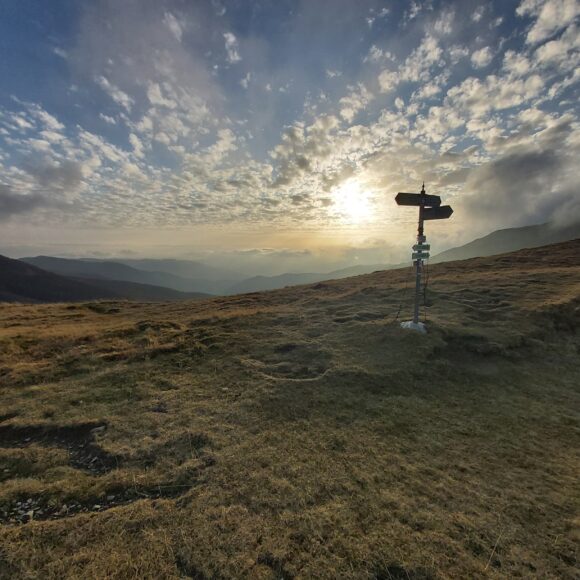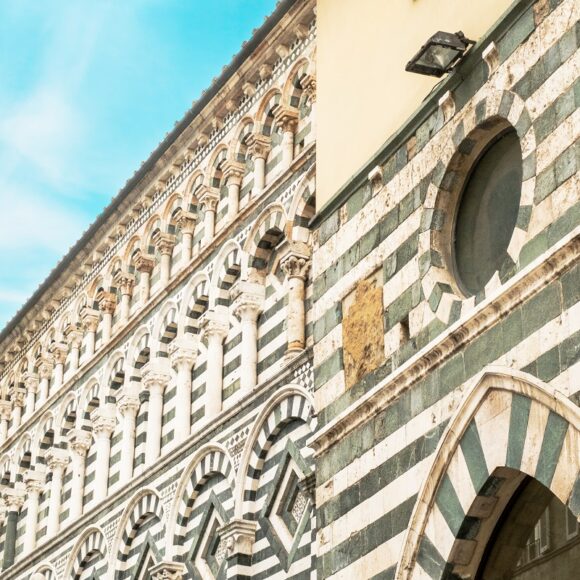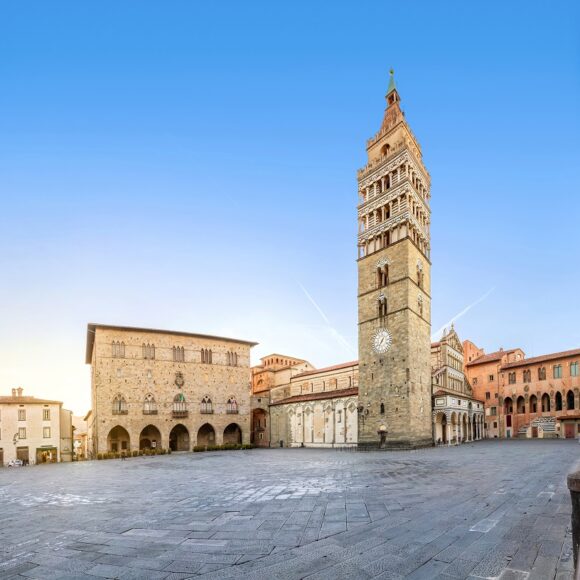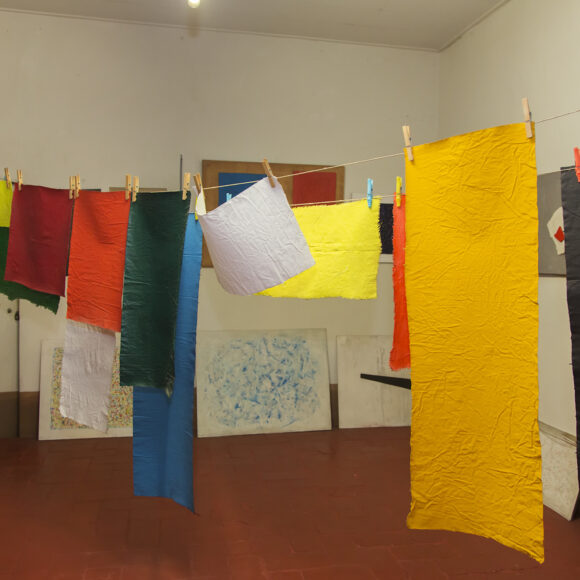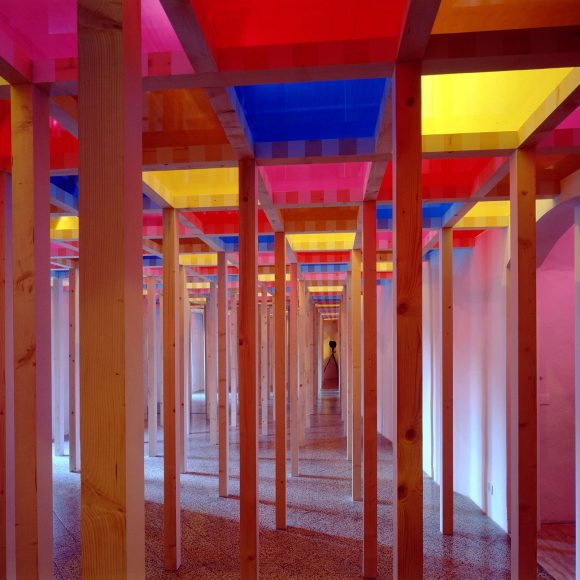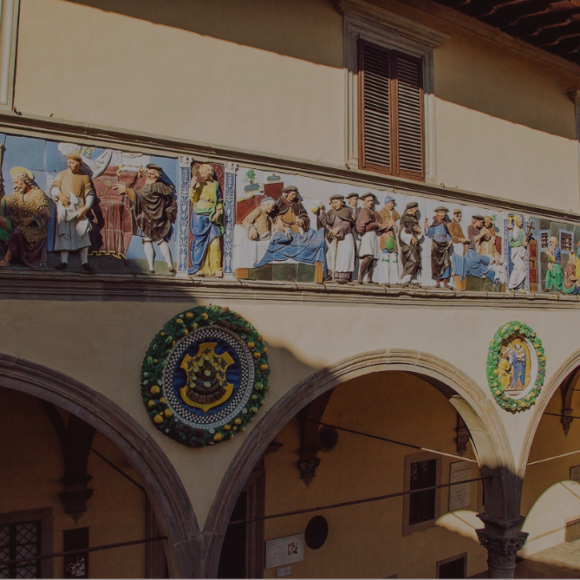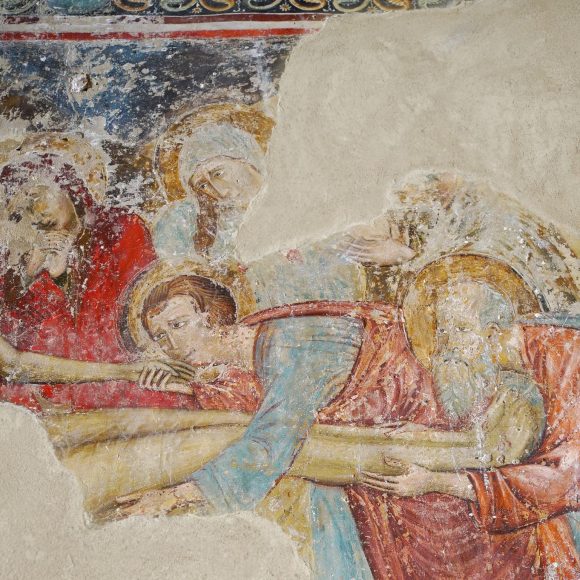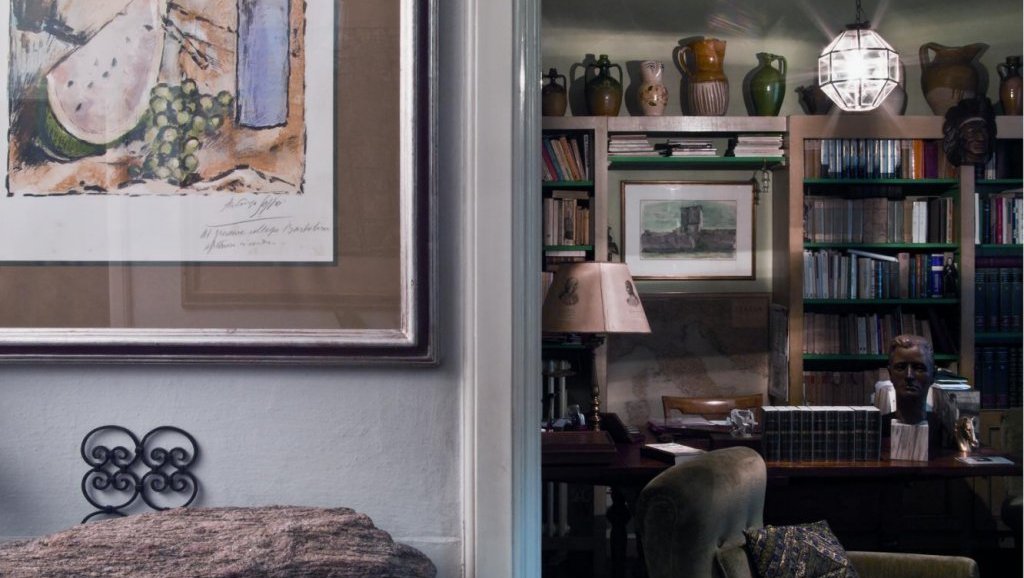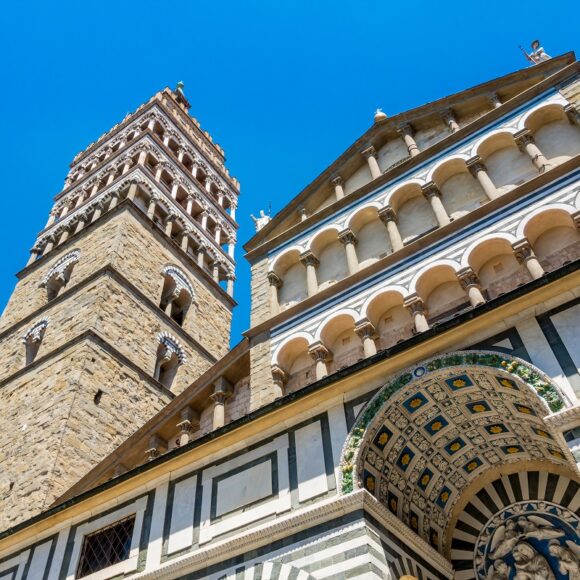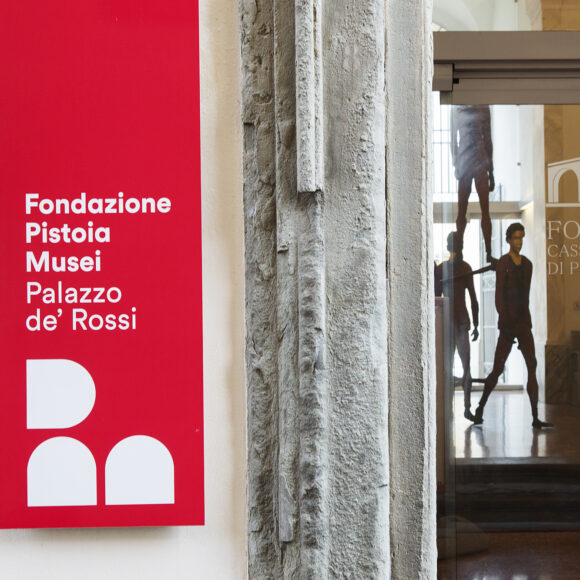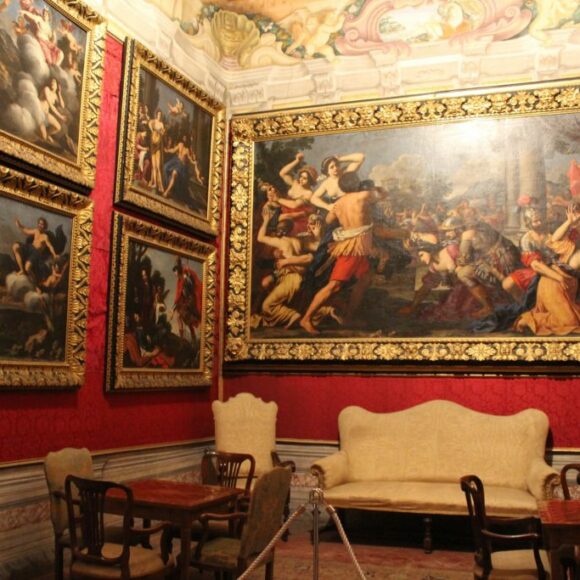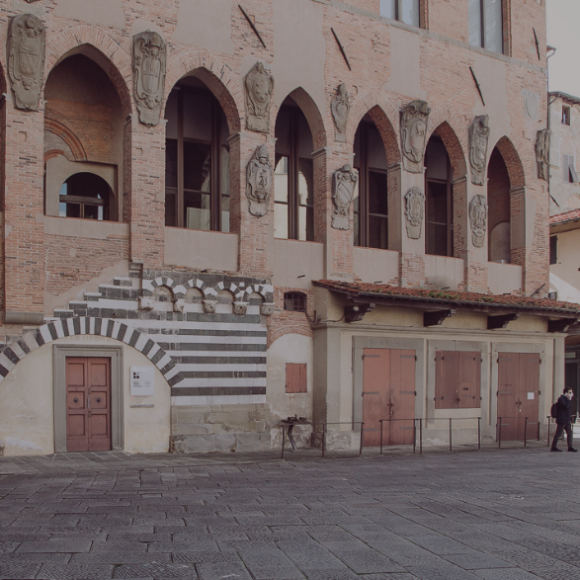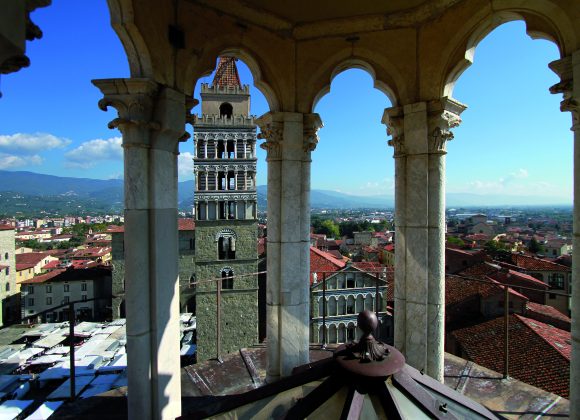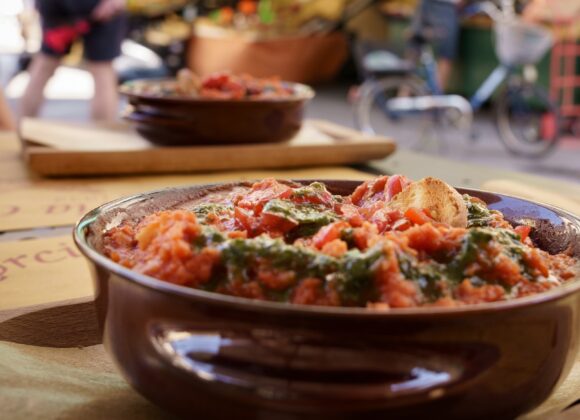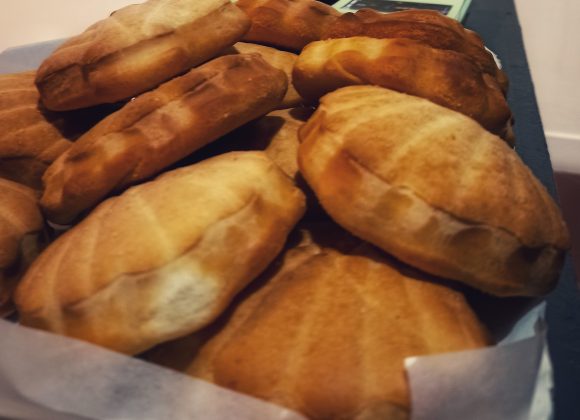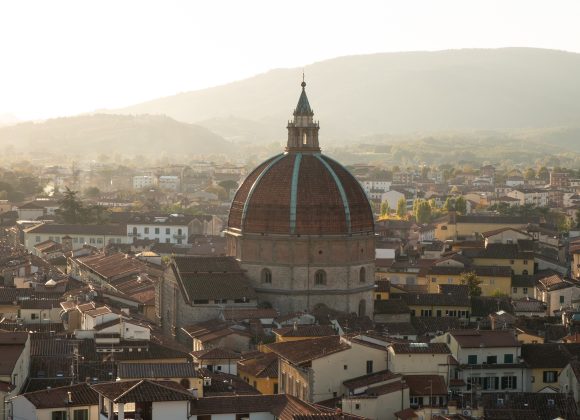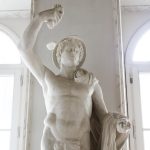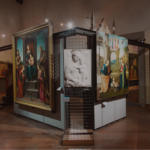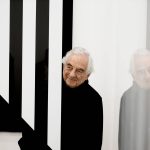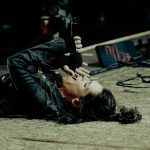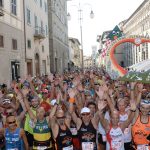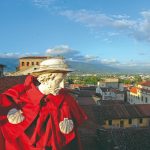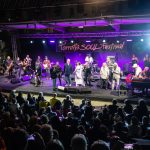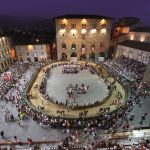The zebra-striped churches of Pistoia
Geometries of Pistoia’s Romanesque style
Pistoia
In Pistoia, some churches still stand out today for their green-and-white facades, a distinctive feature that has become emblematic of the city.
Between the 12th and 13th centuries, thanks in part to the arrival of the precious relic of Saint James from Santiago de Compostela, still preserved in the Cathedral of San Zeno, Pistoia experienced a period of flourishing revival. During this time, many medieval churches were expanded and redesigned according to Romanesque style principles, distinguished in this area by a striking use of two-tone color achieved with white Carrara marble and green Prato marble, known as serpentino.
Today, many medieval churches in Pistoia still retain these valuable facades, offering a unique artistic attraction to visitors. The intricate geometric patterns and striking designs have captured the imagination of many, including the architect Giovanni Michelucci, who was the first to coin the term “zebra-striped” (zebrate) to describe these churches. Moreover, the motifs of Pistoia’s Romanesque style have inspired modern projects, such as the site-specific Romanico Automatico initiative by the Ecòl studio, designed to enhance the Giardino di Cino, along with Millo’s large mural.
Click here to learn more about the Jacobean traditions.
Journey to Discover the Striped Churches of Pistoia
Cathedral of San Zeno and Baptistery of San Giovanni in Corte
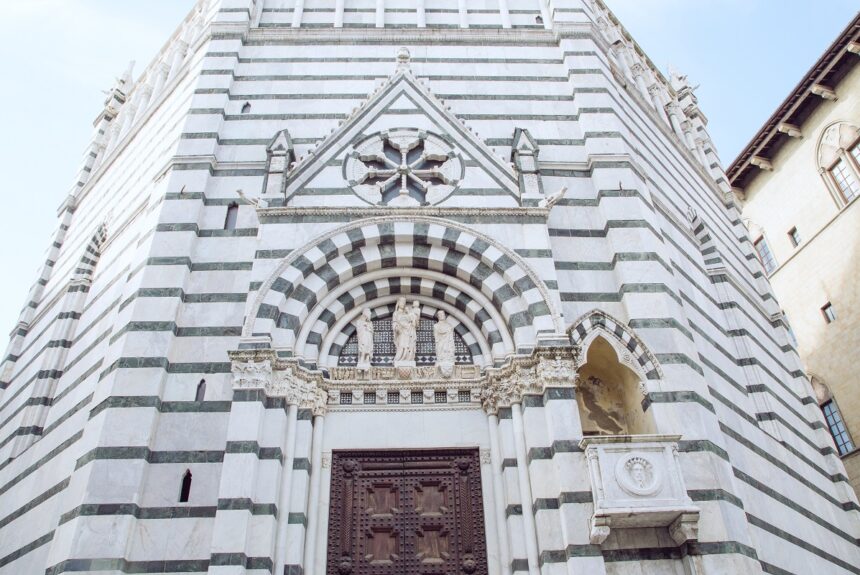
The Cathedral of San Zeno is one of the buildings that adorn the Piazza del Duomo. The first record of the Cathedral’s existence dates back to 923, but its current appearance is the result of subsequent modifications over the centuries. Its facade features the typical characteristics of the local Romanesque style, modeled after the Cathedral of Santa Maria Assunta in Pisa. Inside, numerous works related to the history of the city and the cult of Saint James, the patron saint of Pistoia, are preserved. Don’t miss the Silver Altar and the reliquary by Ghiberti, remarkable examples of goldsmithing.
In front of the cathedral stands the Baptistery of San Giovanni in Corte, which was rebuilt during the first half of the 14th century. It combines the green-and-white two-tone of the Romanesque style with elements of Gothic architecture, such as pointed arches and pinnacles. Inside, there is a large baptismal font, a work by Lanfranco da Como.
Church of Sant’Andrea
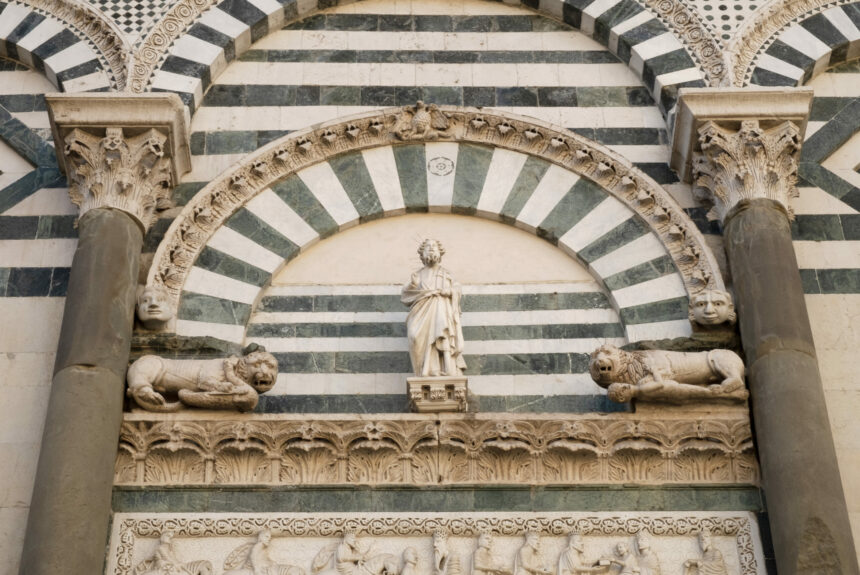
Founded around the 8th century along a route frequented by pilgrims traveling from the mountains to the city or resuming their journey toward the Apennine passes after visiting the sites of Jacobean devotion, the Church of Sant’Andrea is primarily the result of work carried out between the 12th and 13th centuries.
On the upper portal of the church, framed by a two-tone arch, stands the statue of the titular saint, the Apostle Andrew, while below, in the architrave, is carved The Journey of the Magi, a work created by Gruamonte and Adeodato. This scene evokes the theme of travel, as the Magi were the first pilgrims in Christian history.
Inside, the church houses the pulpit by Giovanni Pisano (1298-1301), a masterpiece and one of the earliest examples of Gothic sculpture in Italy.
Church of San Giovanni Fuorcivitas
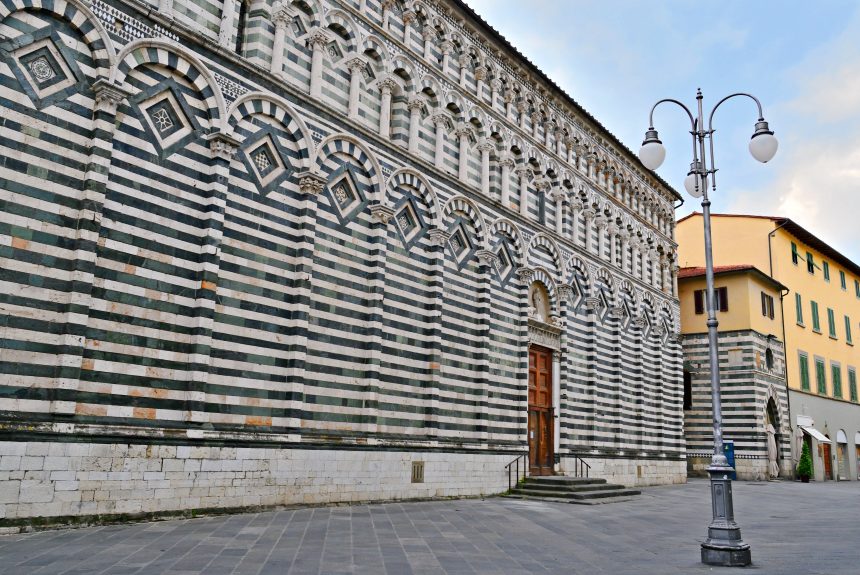
The name “Fuorcivitas” indicates that the church was located outside the first city walls at the time of its foundation (7th century), whereas today it is an unmissable stop for anyone in the city. The church took on its current appearance between the 12th and 14th centuries, featuring an elegant green-and-white facade, which represents one of the highest points achieved by Romanesque art and Pistoian architecture.
Inside, the atmosphere is solemn, and visitors can find some of the most significant works of the city’s artistic heritage, such as the pulpit by Fra Guglielmo da Pisa and The Visitation by Luca della Robbia, the oldest monochrome sculptural group by the artist.
Church of San Bartolomeo
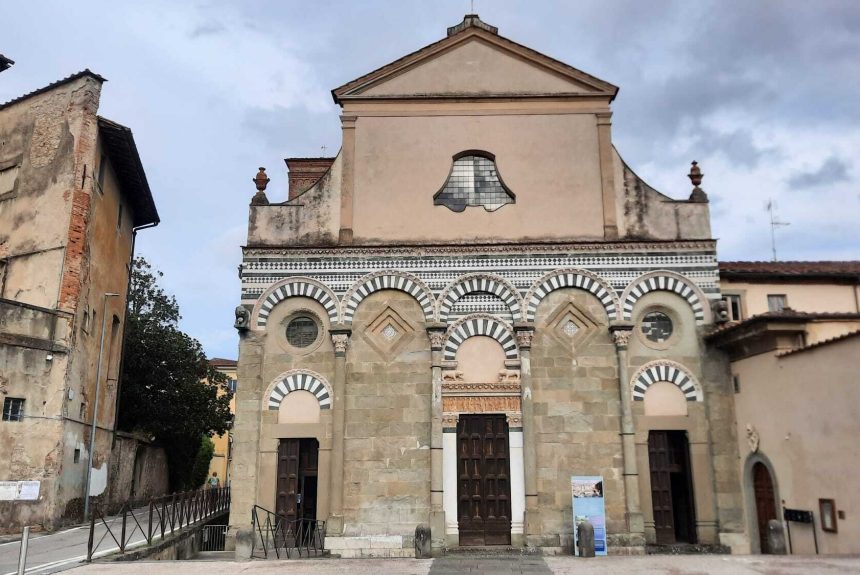
Founded in the 8th century and renewed in the second half of the 12th century, the church is known as “in pantano” to remind us that the area where it was built was originally marshy. The lower facade of the building preserves the typical characteristics of Pistoian medieval architecture, while the upper part, modified between the 17th and 18th centuries, has a more sinuous profile, enhanced by a distinctive bell-shaped window.
The custom of anointing children’s foreheads on August 24th, the feast day of Saint Bartholomew, was introduced by the Lateran Canons of the Order of Saint Augustine, also known as Rocchettini, who were present in the church starting in 1433. In Pistoia, this tradition is still very much alive; during the Saint’s feast, in addition to the anointing, children are celebrated with toys and the Corona di San Bartolomeo, a typical sweet of the tradition.
Church of San Francesco
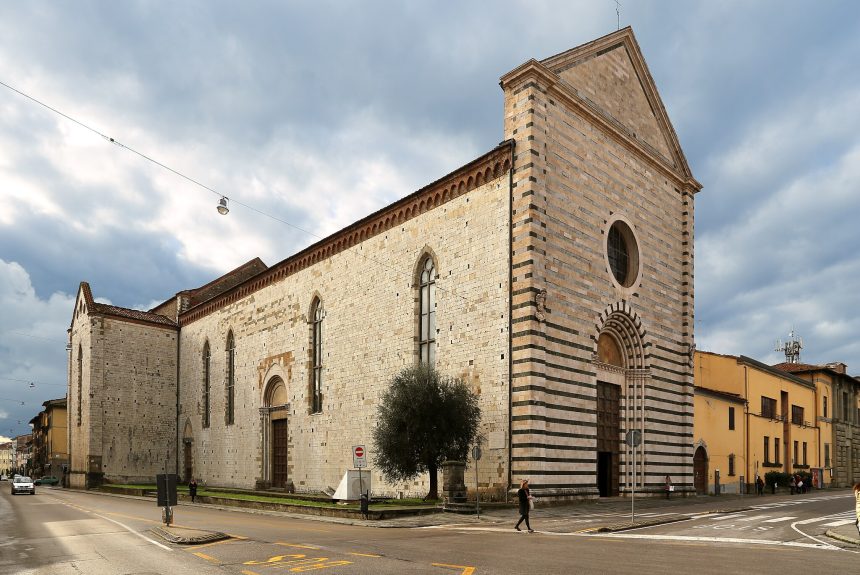
The current complex, built on the pre-existing Church of Santa Maria al Prato founded by the Franciscan friars in the first half of the 13th century, is the result of expansion work that began at the end of the 13th century and continued into the early 18th century. The imposing facade, topped by a tympanum, features the typical decorations of Pistoian medieval churches and a large, flared central entrance.
Inside, the wooden truss roof stands out, along with the large fresco cycle in the main chapel, dedicated to the Stories of Saint Francis, which was rediscovered only in the 1920s.
Church of San Pier Maggiore
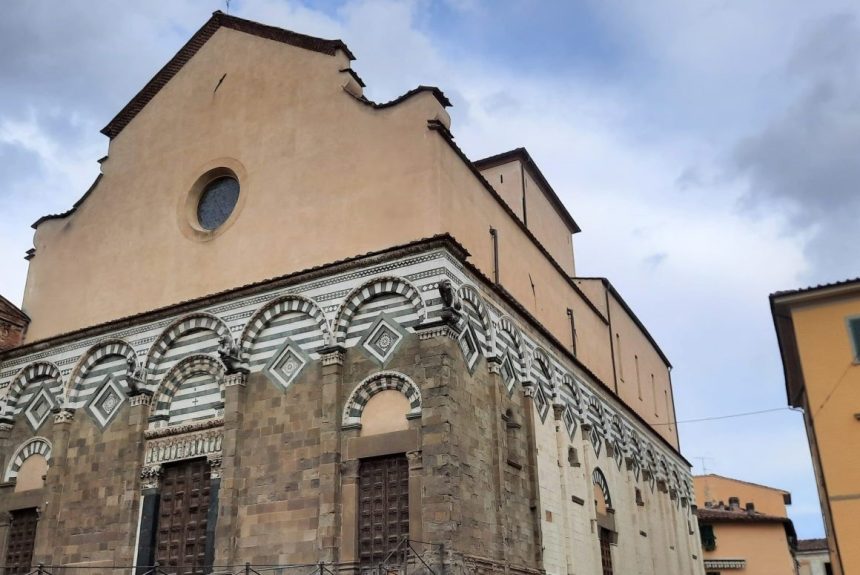
Probably founded during the Lombard era, the Church of San Pier Maggiore follows the distinctive style of Pistoian churches. Next to the church is the convent that housed the Benedictine nuns until the early 19th century and is now home to the Liceo Artistico Policarpo Petrocchi.
The church, now deconsecrated and only accessible from the outside, is known for a curious celebration: the Sposalizio del Vescovo or Mystic Marriage. This rite, which was once a true festivity, took place on the occasion of the installation of a new bishop in the city and, in its earliest versions, included the presence of a bed.
The memory of this custom fascinated the painter Kristian Zahrtmann, who between 1893 and 1894 painted The Mystic Wedding between the Bishop and the Abbess of Pistoia Celebrated in Front of the Church of San Pietro in the Year 1500, currently housed at the Bornholms Kunstmuseum in Denmark.
Church of San Paolo
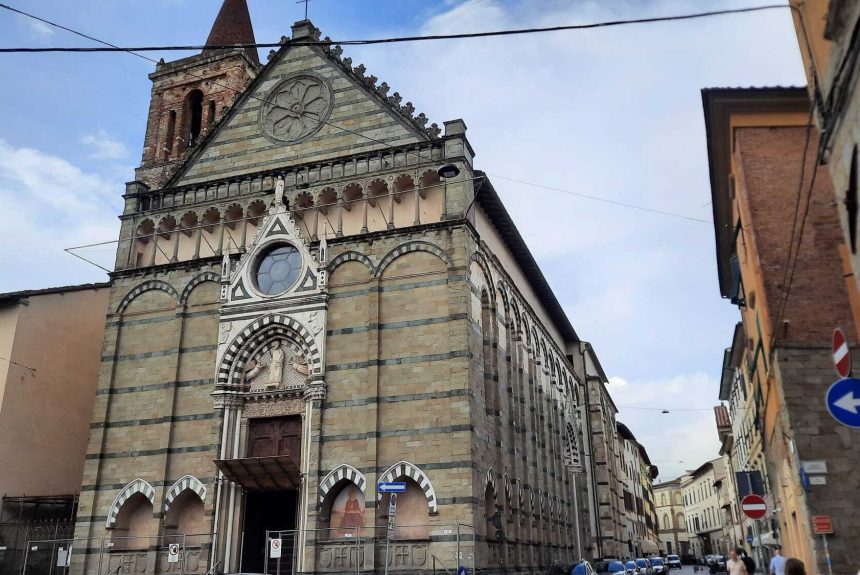
Founded around the 10th century, the church was reconstructed in its current forms in the 12th century, responding to the impulse and fervor brought to the city by the arrival of the Relic of Saint James. The slender facade features two-tone blind arches that blend with Gothic elements, such as the pointed portal.
The interior of the church has undergone numerous renovations and restorations over the centuries, particularly due to a fire in 1895 and damage sustained during World War II, which reduced its decorative elements.
Click here to discover the section dedicated to the churches of the area.
idee-incluso
idee-non-incluso
idee-informazioni
idee-prenota
experience the territory

